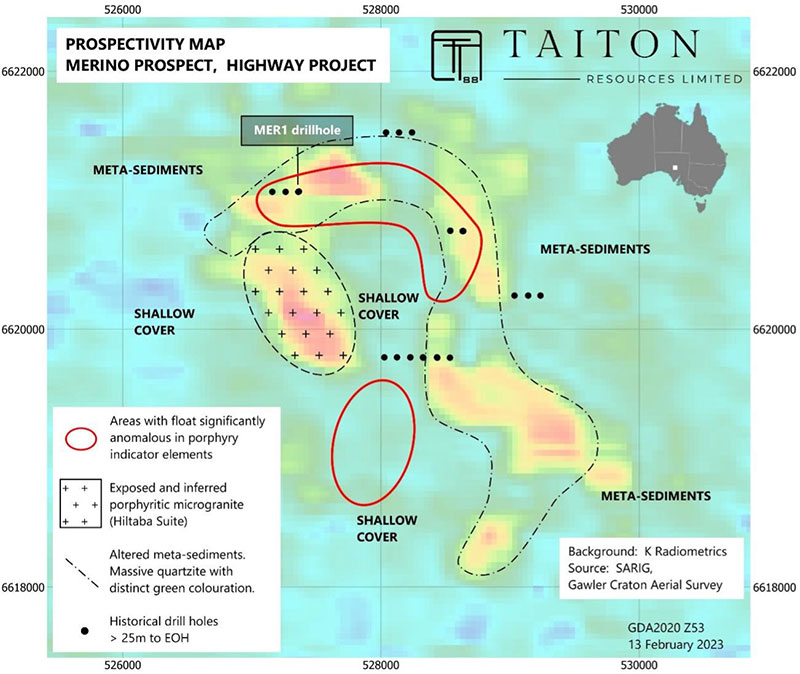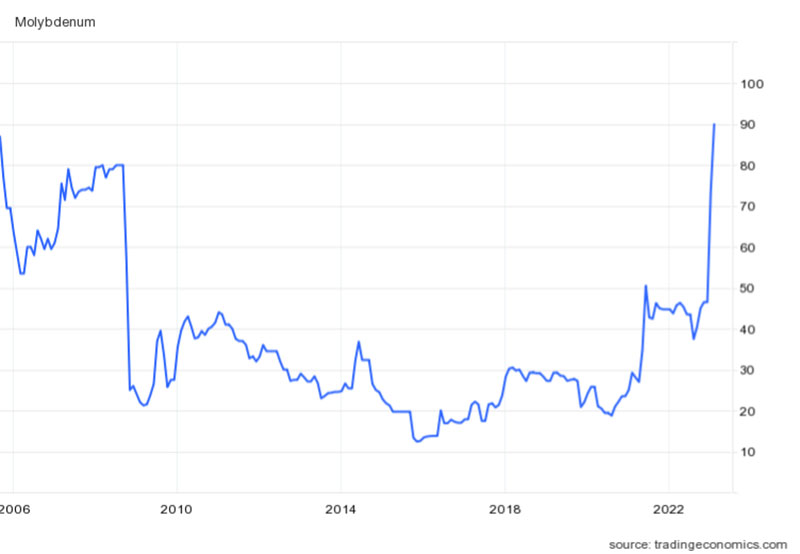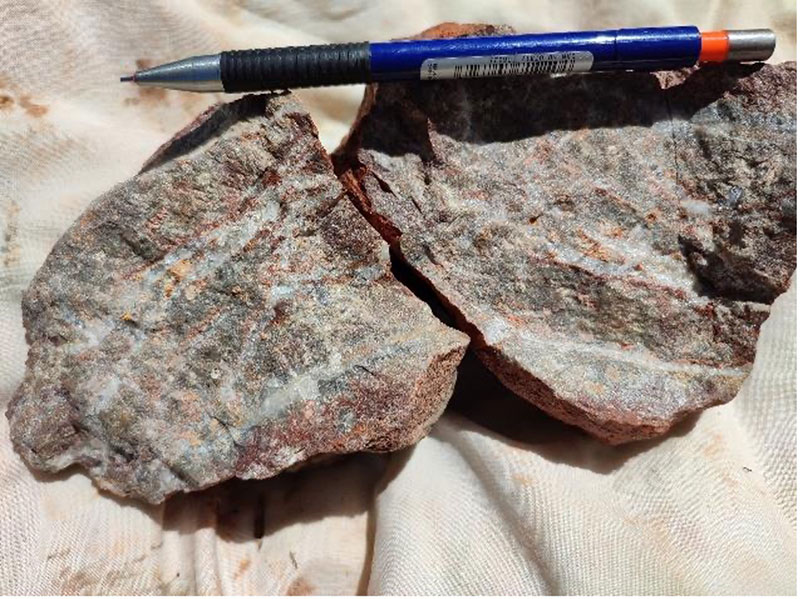Taiton finds molybdenum and silver in XRF as it zeroes in on ‘Olympic style’ Highway target
Mining
Mining
The search for a new Olympic Dam has absorbed explorers in South Australia’s Gawler Craton since the remarkable orebody was found by Western Mining Corporation geologist in the 1970s.
New explorer Taiton Resources (ASX:T88) is hot on the trail of a promising analogue, with field evidence supporting its interpretations at its Highway project along the Stuart Highway as a large magmatic hydrothermal system.
Taiton views the project as prospective within the regional scale ore-forming tectonics of the Meso-Proterozoic age, the geological conditions exemplified in BHP’s (ASX:BHP) world class Olympic Dam, a copper, gold and uranium rich iron-oxide-copper-gold deposit renowned for its enormous scale.
Along with IOCG prospects, porphyry-style hydrothermal textures and alteration have also been found at Highway’s Merino Prospect ahead of an induced polarisation and gravity survey.

Portable XRF has also given promise to Taiton’s rock kickers. Molybdenum and silver has been indicated in quartz veins hosted in brecciated and silicified host rocks.
It’s a good time to be identifying ‘moly’ in your rocks. The price of the commodity, typically found as a by-product in copper rich orebodies, has run 94% this year so far to US$90/kg in the face of ongoing supply shortages, above previous 2008 highs of around US$80/kg.
“Today’s release is the confirmation of the company’s belief that we are in a new mineral system. A known mineralised system that has hallmarks of the Olympic Domain,” Taiton managing director Noel Ong said.
“The new findings have given the company the confidence that the theories are now coming into reality. Our Exploration Manager, David McSkimming has been working hard to get our exploration program on track.
“The mapping and sampling have confirmed that we are in a fertile porphyritic environment which are showing early signs of Molybdenum and Silver mineralisation.
“The current findings are consistent with the historical drill results, and we are excited to refine our target for our maiden drilling program.”

The discovery of Olympic Dam has been followed by OZ Minerals’ Prominent Hill and Carrapateena and BHP’s own Oak Dam discovery.
But there remains a dearth of serious exploration for repeats elsewhere in the Gawler Craton, with porphyry prospects like those identified along with the IOCG targets at Highway relatively unexplored.
Geological mapping was started by Taiton following the receipt of its Aboriginal Cultural Heritage clearance report, with field observations and airborne radiometric data delineating a 6km arc of hydrothermally altered meta-sediments or quartzite.
It is of the same age as the Roxby Downs Granite at Olympic Dam, with veined and brecciated rocks already discovered around the drillhole MER1 sunk at Merino in 1996.
Previous work at Merino included the surveying of a single 1km long line of induced polarisation, testing a chargeability anomaly to a depth of 91m, with assays in MER1 returning results like 8m at 0.39% lead, 0.65% zinc from 34m and 8m at 0.11% lead, 0.17% zinc and 0.02% copper from 78m.

Importantly, molybdenum and silver were not assayed in the historical drill core and there has been no exploration over 27 years since the drilling of MER1 before Taiton stepped on the scene.
Assay results from samples taken around MER1, where portable XRF has found veined and brecciated rock with moly, silver, lead and zinc, are expected in around four weeks.
Taiton is also taking a modern approach to exploration at Highway, hunting for porphyry and IOCG targets that have gone untested previously due to the need to explore under cover.
Re-sampled zircons from Taiton’s tenements located in the South Australian Drill Core Library have also suggested the Highway project was tectonically active at the same time as the formation of Olympic Dam, Oak Dam West, Carra and Prominent Hill.
That bodes well for the likelihood the same processes that formed those monsters occurred on Taiton’s tenements.
“The interpretation from the zircon work is that the Highway Project area preserves evidence for extension in an intra-continental back-arc setting. The findings from the field mapping, including porphyry style textures and anomalous Mo and Ag conform to this interpretation,” Taiton said.
“Porphyry targets have been overlooked in the Gawler Craton when compared to exploration of IOCG deposits.
“This is partly due to the nature and extent of cover above host basement in the established Olympic Belt and limitations in the geophysical tools used to detect porphyry style mineralisation.
“However, much of Highway Project has shallow cover and is amenable to exploration strategies for both porphyry style and IOCG targets.”
This article was developed in collaboration with Taiton Resources, a Stockhead advertiser at the time of publishing.
This article does not constitute financial product advice. You should consider obtaining independent advice before making any financial decisions.